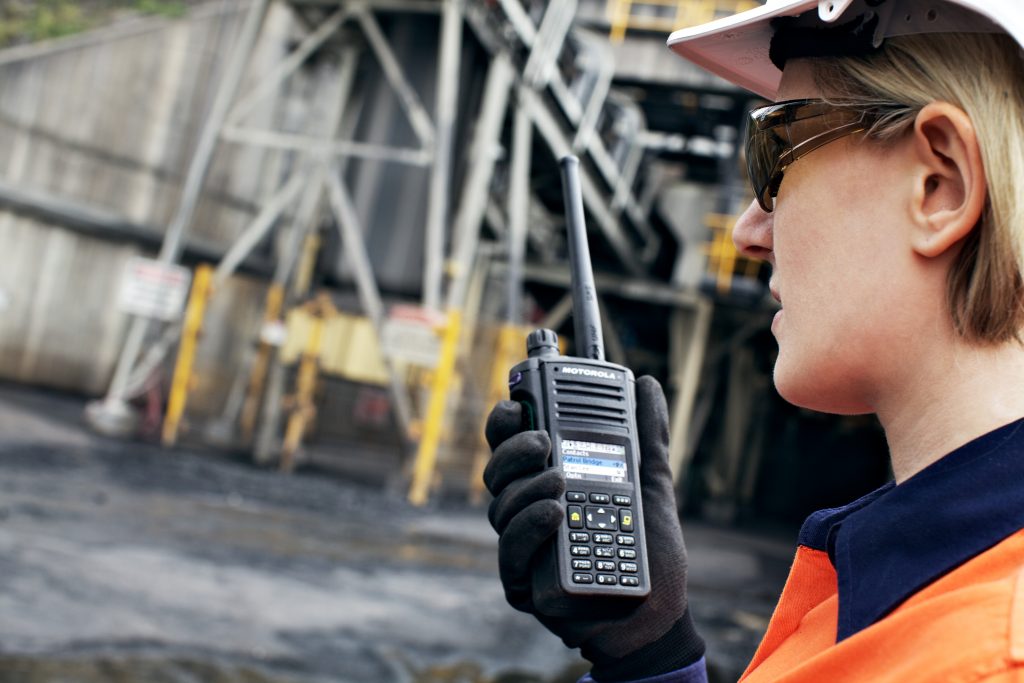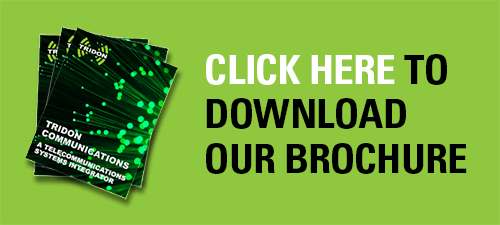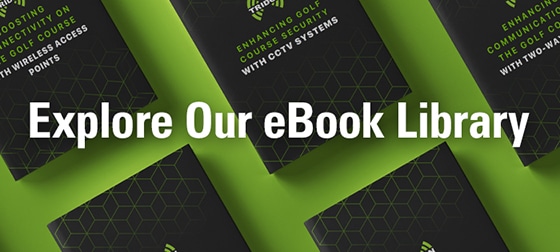
Who Invented the Two-Way Radios?
This revolutionary technology, which changed the way people communicate, was first developed in 1937 by Don Hings, an inventor who worked for CM&S. Hings’ invention of the two-way radio was not without competition, however. Other inventors had also begun to develop their own versions of portable radio signalling systems around this time.
Despite this competition, it was Hings’ invention that proved most successful and has been used in various capacities over the years. Police forces and military personnel all use two-way radios as an efficient way of communicating with each other over vast distances. The device works by using both transmission and reception capabilities, allowing people to send messages back and forth over the radio waves.
The importance of this invention has been felt far and wide, with the two-way radio allowing for the quick and efficient sharing of information. Its impact can be seen both in military operations, where secure communication is essential, as well as everyday life when people need to quickly send messages that are too long for a phone call.
Hings’ invention ushered in a new era of communication possibilities, with his two-way radio helping to blur the lines between what was technically possible before its use. Many more inventors have since sought to improve on Hings’ original version, adding features such as encryption technology or increased range to give users even more control over their communications.
Where Was Two-Way Radio Invented?
Two-way radio technology was first developed and invented in Canada. It revolutionized communication by allowing people to transmit and receive messages over distances, making it a far better alternative to other methods of communication of the time, such as the telephone or telegraph.
The invention of the two-way radio quickly spread throughout Canada and then through its neighbouring countries because of its advantages over traditional methods of communication. Operators were able to send out an alert with a single transmission, reducing response times in emergency situations, as well as providing more reliable contact between operators and receivers.
Two-way radios have been used across many industries since their invention, including but not limited to the fire services, police force, paramedics, security, coast guard and military. These industries have all benefited from the reliability of two-way radio technology, allowing for more efficient communication between operators and receivers.
The invention of the two-way radio was a major development in communication that has had far-reaching implications across many industries. Its widespread adoption has allowed people to stay connected no matter how far apart they may be, making it an incredibly useful tool both domestically and professionally. The invention of two-way radio technology in Canada was a major step forward in communication that has had a lasting impact on the world.
The Current Applications of Two-Way Radios
The two-way radio is an essential tool today and its development over the years has made it even more reliable, secure, and efficient. It is clear to see why two-way radio technology became so popular after its invention, as it quickly spread throughout other countries of the world due to its many advantages compared to traditional methods of communication. That’s why two-way radio technology continues to be such an important part of our lives today.
Since then, two-way radios have become an integral part of many different industries, including transportation, emergency services, construction sites, outdoor recreation activities like hunting or fishing trips, and more. They are ideal for situations where traditional forms of communication, such as landline phones, can’t be used due to distance or signal obstructions.
Today, two-way radios remain a popular choice for organisations and individuals who need reliable communication without relying on cellular networks or other forms of land-based systems. The technology continues to evolve with features like improved range, battery life, voice clarity, and encryption to provide secure communication in a variety of situations.



